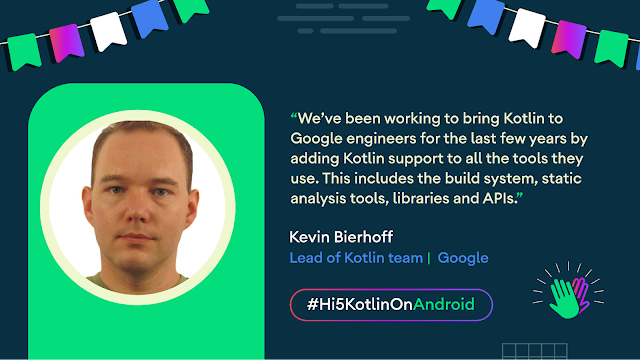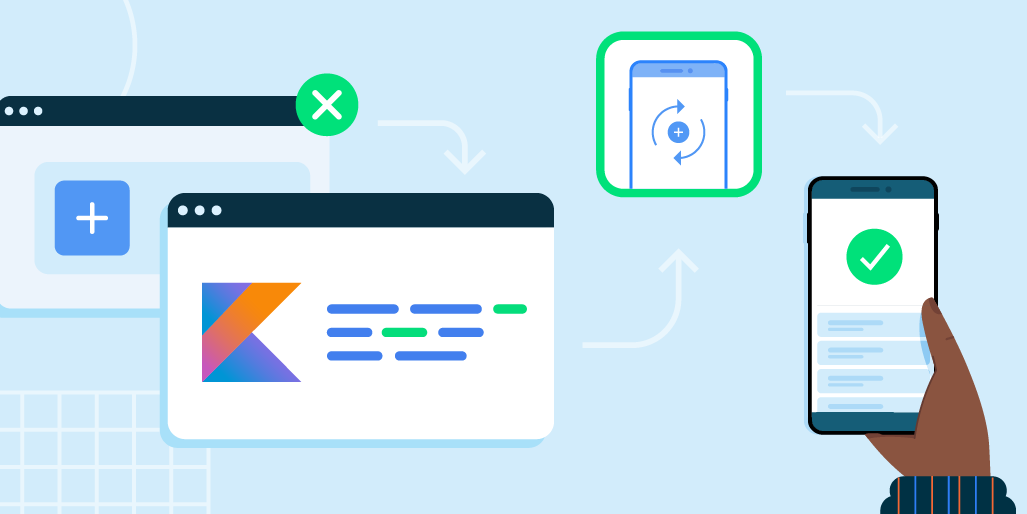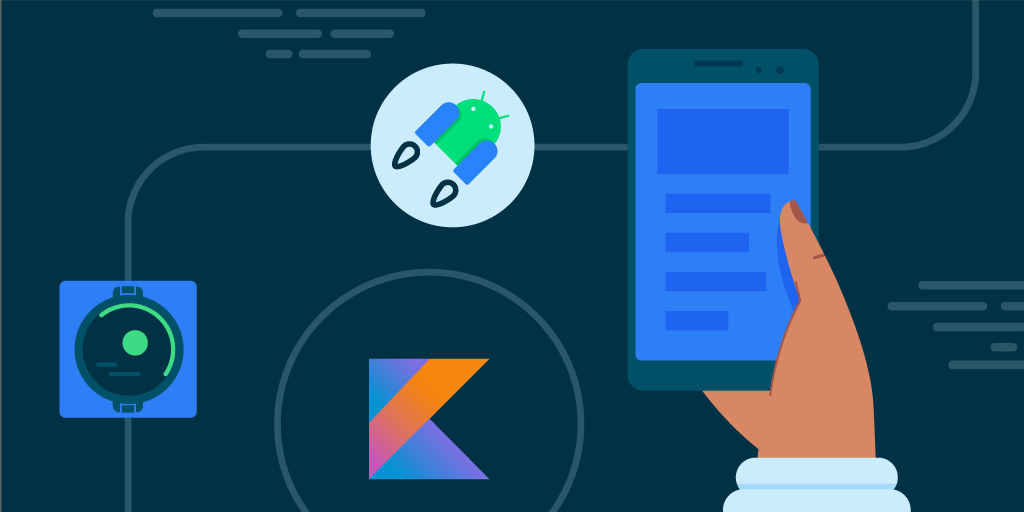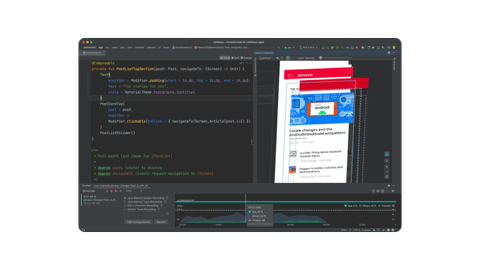Posted by Swathi Dharshna Subbaraj, Project Coordinator, Google Dev Library
In May 2017, Google recognized the potential of Kotlin in the mobile developer community and made it an official language for Android development. As a result, talented developers in the Kotlin community used this robust programming language to build inspiring tools and open-source projects. This can be seen in the Google Dev Library, where developers have contributed extensively.Contributors in Spotlight :
Nicola Corti
Nicola contributed Detekt to Google Dev Library, which is a static code analysis tool for Kotlin projects that helps developers detect and report on issues related to security, style, and best practices. It can be used to identify potential vulnerabilities, enforce coding standards, and improve code quality.How did you get started in Kotlin? Is there any particular project that inspired you?
I began working with Kotlin in its early days of 2015. Though the experience was rocky, the ability to code Android apps in Kotlin rather than Java was a game-changer. At the time, it was challenging to convince my colleagues to switch due to the Java-dominant community. However, the official announcement of Kotlin support at Google I/O 2017 was a defining moment for the language. I am grateful for the ongoing support and development of such a powerful and versatile language, as well as the dedicated community that supports it daily.
I am grateful for the ongoing support and development of such a powerful and versatile language, and the dedicated community that supports it daily. - Nicola Corti, GDE Kotlin
What inspired you to inherit the Detekt project ?
Detekt, a static code analyzer tool, is not a creation of mine, but rather a project that I inherited from a friend who sought support in managing it. I have always been impressed by the capabilities of static code analyzers, particularly in terms of their ability to detect bugs and save developer time. At the time, the market for Kotlin static analyzers was relatively new, making Detekt a valuable addition to the toolkits of many Kotlin developers.As a Kotlin GDE, what is the one piece of advice for someone who has just started as a Kotlin developer?
John O'Reilly
John created the PeopleInSpace project, and shared it with Google Dev Library. The project utilizes the OpenNotify API to display information about people currently in space, such as their names, nationalities, and spacecraft. The focus of the project is more about demonstrating use of Kotlin Multiplatform.
How did you get started in Kotlin? Is there any particular project that inspired you?In 2010, I began my career as an Android developer, utilizing Java as my primary programming language. As a Java backend developer for the previous decade, the transition was relatively seamless. However, it wasn't until the official announcement of Kotlin support at Google I/O 2017, that I fully realized the potential impact of this new programming language. Gradually, as my team and I started migrating to Kotlin, I came to appreciate how productive and expressive a language it was to use.
What inspired you to develop and open source the Peopleinspace project?As my team and I started migrating to Kotlin, I came to appreciate how productive and expressive a language it was to use. - John O'Reilly, GDE Kotlin
In 2018, I was introduced to Kotlin Multiplatform (KMP) and was immediately impressed by its practical and efficient approach to code sharing. At the time, there was still a lot of uncertainty and confusion surrounding KMP, and I saw a need for a simple, easy-to-understand sample project that could demonstrate the basics of KMP.
I had an existing open-source project, GalwayBus, which I initially used to experiment with KMP, Jetpack Compose and SwiftUI as they became available. However, this project had a significant amount of legacy code and was not ideal for showcasing the essentials of KMP.
In late 2019, I came across an article by Ken Kousen that included sample code using retrofit to retrieve a list of people in space. I realized that this could be the perfect foundation for the minimal project I had been envisioning. So, I created PeopleInSpace, a project designed to encapsulate the core elements of a KMP project, and provide a clear and concise demonstration of how the various components work together.
As a Kotlin GDE, what is the one piece of advice for someone who has just started as a Kotlin developer?
Kotlin is a powerful language that offers many advanced features; however, it is possible to be very productive when starting out without needing to use those, in many cases, there are simpler alternatives that can be used, and as you become more familiar with the language, you can gradually explore and implement the more advanced options.
Join the global community of Kotlin developers and share your open source projects or technical blogs on Dev Library. To contribute, submit your content here.























